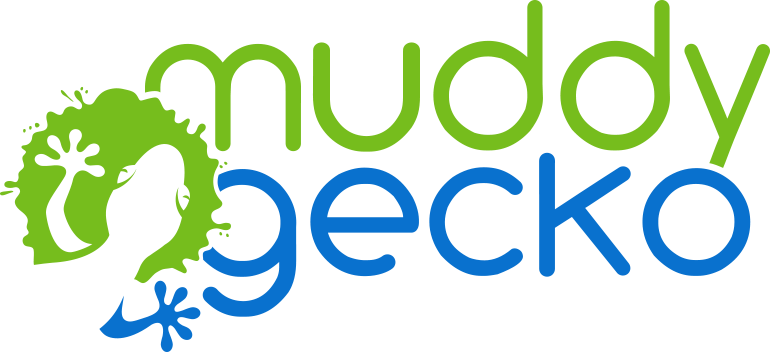I write blogs for a software test automation company and a restaurant/grocery technology client of the fractional marketing group Muddy Gecko. My days are spent immersed in the realms of DevOps, software QA and IoT applications.
My background research and daily client calls involve healthy dollops of developer terms like “sprints” and “scrums” and “information radiators.” Between the wireframes and the widgets, there’s this entire world of Agile jargon that defines the current state of software (or CSSS).
I’ve noticed that Marketers have picked up the agile baton, in search of incremental development and legitimacy and conference room cred. Despite all the silo-busting from above, I’m guessing most Marketeers are not allowed to play foosball or raid the Red Bull fridge unless they learn the treehouse password for the day. Also, the coders have the coolest access badges and shoelace colors, so marketers want in.
As a writer and keen observer, I’m going to take this agile trend to one more level of abstraction, or at least iterate it until the last possible blood drop leaks from the turnip: The Agile Writer.
I’m not kidding. This is not just bandwagon behavior.
I’ve been agile for 30 years since I wrote my first credit memo as a bank loan officer using mainframe word processing software. I’ve been agile with everything I’ve ever written since my Master’s thesis: video scripts, poems, guest columns, literary book reviews, web copy, short stories, press releases, ebooks and full-length business books, and A/B subject lines.
Here are five examples of an Agile Writer:
- The Composition Sprint. Writing itself is a serial act. I take an idea (my own spark or a client directive) and tease it out in iterations until I get to a complete first draft (very sprint-like, don’t you agree?) Sometimes I start with an outline and flesh out the bones, and other times I may start in the middle with a single word and progressively write out both sides of the piece.
- Draft Velocity. After that first pass (or Saturn first-stage booster rocket build), I produce multiple drafts, with increasing speed (I know where the potholes lie). In the act of writing, my very agile, sapiens/sapient brain miraculously holds the topic, the tone, the audience persona and the English language together, like a teenager’s Ford Pinto held together with string, chewing gum and baling wire. There’s an immediate feedback loop built into everything I write, as I write it. I hear in my head the client’s directive, the sources of my research( including interviews), and my own sense of what will be valuable to my reader and my client, all done simultaneously.
- Shared Google Documents. If you are a hardcore Agilista, I’m guessing you are not convinced. So this is when I roll-out the Writer’s Proof of Agile Life, the shared Google doc. I am no longer a fan of Word markup versions and passing back multiple drafts via email (very sequential and waterfall). But with Google Docs, I can share a Word doc with my client from Day One and they can observe in real-time what I’m writing and comment on it. I’m all for full visibility as I’m ginning up a blog or a book chapter. Maybe you’re one of those private, craftsperson writers who want to meticulous develop a piece without anyone looking over your shoulder. I’m sorry, but I’m over that. My clients should have full visibility into what I’m developing as if I was in the room with them in Utica or Sunnyvale (even though I’m far away in Durham).
- Client sign-off (Definition of Done) The client signs off multiple times the way I think about it. The client signs off when they let a business development executive at a marketing firm like Muddy Gecko pitch them. They sign-off when they hire us and they sign-off at the kickoff meeting. They sign-off when they approve a piece and they sign-off when they approve our invoice. They sign-off when they publish and when they review the analytics. Our corporate client is perpetually giving final sign-off in my view.
- Publishing and Perpetuity. My client’s check clears. I may think I’m at the finish line as a writer/sprinter, but not really. This custom content, these blogs and books will live forever, on webpages and up on Amazon. They are always there, positioned for likes, shares and constructive comments, and hopefully purchase (the books and the products). That is the ultimate feedback loop. There’s always another finish line or deadline to shoot for. As writers, we are never completely finished.

Jon is a highly-focused generalist. From the circus to circuits, he’s written for everything from Ringling Brothers to RF Micro Devices. As a marketing executive, he’s worked in nanotech, regenerative medicine, ad tech. Jon started out as a bank teller with an English Major. What a chameleon!

